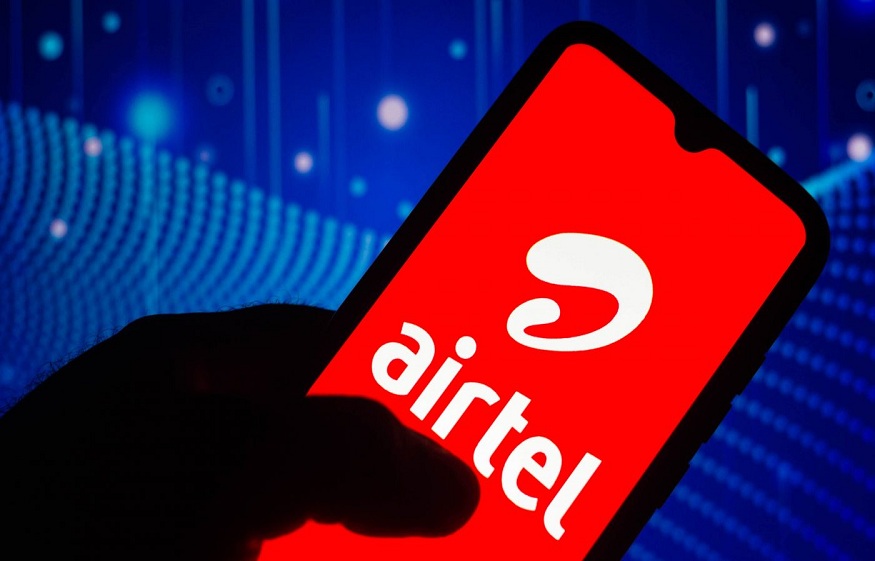The Future of DTH Recharge: Trends to Watch

As technology continues to evolve, the landscape of Direct-to-Home (DTH) television services is undergoing significant transformation. Traditional DTH services, which have been a staple in many households for years, are adapting to new trends to remain competitive and relevant in an increasingly digital world. The Airtel Thanks app is at the forefront of this evolution, offering seamless DTH recharge options alongside other features like savings account management and mobile recharges. Here are some key trends to watch in the future of DTH recharge and services:
1. Integration with OTT Platforms
One of the most significant trends is the integration of Over-The-Top (OTT) platforms with traditional DTH services. Consumers are increasingly favouring a mix of conventional TV channels and streaming services like Netflix, Amazon Prime, and Disney+. To cater to this demand, DTH providers are bundling OTT subscriptions with their packages. This hybrid approach not only enhances the viewing experience but also simplifies the management of subscriptions for users.
2. Enhanced User Experience with Smart Technology
The future of DTH recharge lies in leveraging smart technology to enhance the user experience. Smart TVs and set-top boxes equipped with advanced features such as voice control, AI-driven content recommendations, and seamless integration with smart home devices are becoming more common. These advancements allow users to enjoy a more personalised and convenient viewing experience.
3. Flexible Subscription Models
Gone are the days of rigid, long-term DTH subscriptions. The future is all about flexibility. Consumers now prefer customisable subscription models that allow them to pay for only the channels and services they want. Monthly, weekly, and even daily recharge options are becoming more prevalent, catering to the diverse needs of users and making DTH services more accessible and affordable.
4. Mobile and Online Recharge Solutions
With the proliferation of smartphones and internet connectivity, mobile and online recharge solutions are becoming the norm. The Airtel Thanks app is a prime example, providing a user-friendly platform that allows customers to recharge their DTH accounts, manage subscriptions, and access customer support from the convenience of their mobile devices. This shift not only simplifies the recharge process but also enhances customer satisfaction.
5. Advanced Payment Options
The future of DTH recharge is also being shaped by the adoption of advanced payment options. Digital wallets, UPI (Unified Payments Interface), and other electronic payment methods are becoming increasingly popular. These options offer a seamless and secure payment experience, catering to the preferences of tech-savvy consumers who demand quick and hassle-free transactions. The Airtel Thanks app integrates these payment methods, making transactions smooth and efficient.
6. Focus on Rural and Remote Areas
While urban areas have been the primary focus for DTH providers, the future holds significant potential in rural and remote regions. With increasing internet penetration and the availability of affordable DTH technology, providers are expanding their reach to these underserved areas. Tailored packages that consider the unique needs and preferences of rural customers are expected to drive growth in these markets.
7. Enhanced Customer Support and Engagement
Customer support and engagement are critical components of the DTH recharge ecosystem. Future trends indicate a shift towards more proactive and interactive customer service. Providers are utilising AI-driven chatbots, social media platforms, and dedicated customer service apps to offer instant support and resolve issues promptly. Enhanced customer engagement through personalised offers and loyalty programs is also becoming a key strategy.
8. Sustainability Initiatives
Sustainability is becoming a focal point across industries, and DTH services are no exception. Providers are increasingly adopting eco-friendly practices, such as offering paperless billing, using energy-efficient set-top boxes, and supporting e-waste recycling programs. These initiatives not only contribute to environmental conservation but also resonate with the growing number of environmentally conscious consumers.
Conclusion
The future of DTH recharge is set to be dynamic and customer-centric, driven by technological advancements and changing consumer preferences. By embracing these trends, DTH providers can enhance their services, attract new customers, and retain existing ones in a competitive market. As the lines between traditional TV and digital streaming continue to blur, the DTH industry must innovate and adapt to stay ahead in this rapidly evolving landscape.





